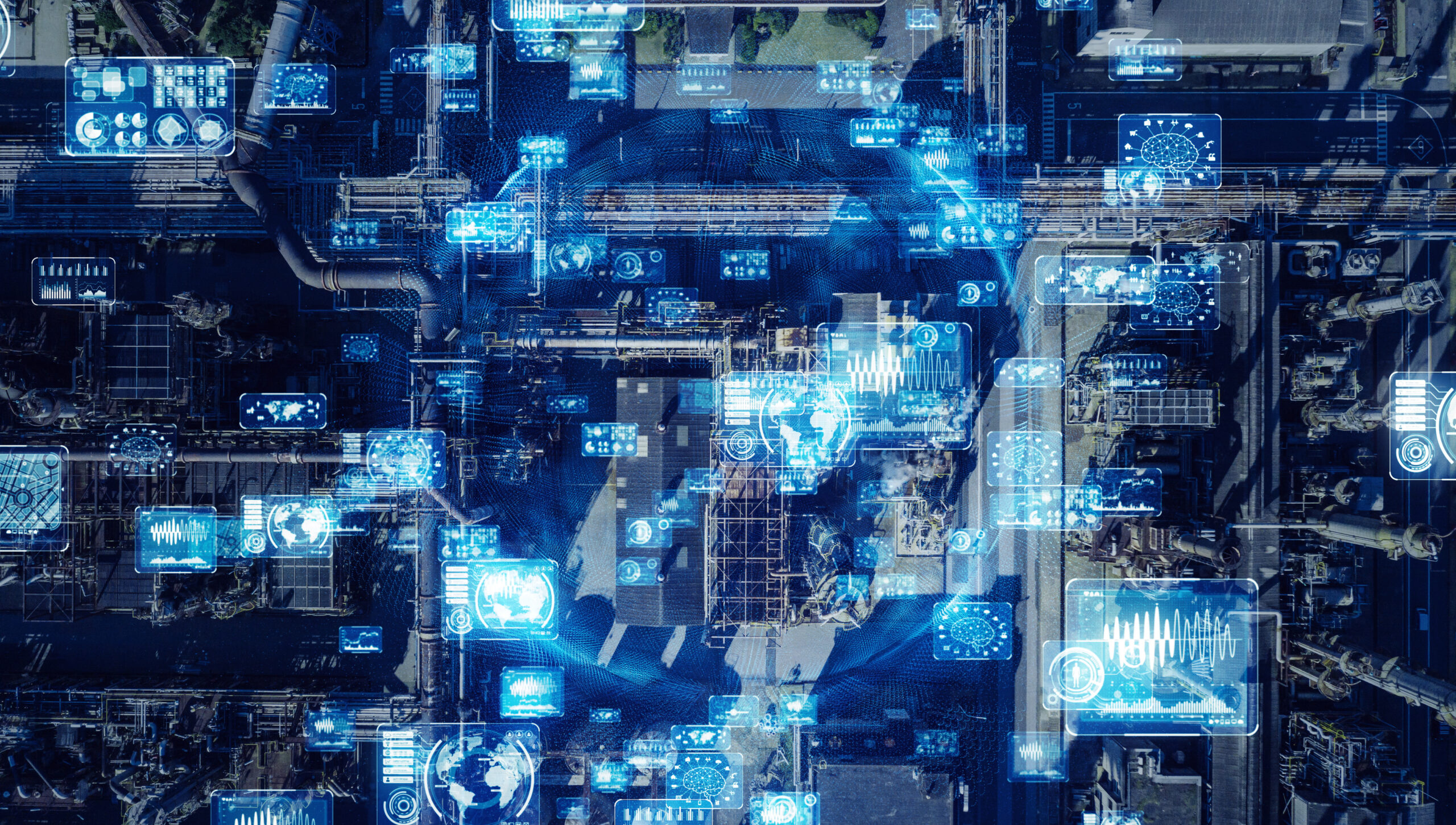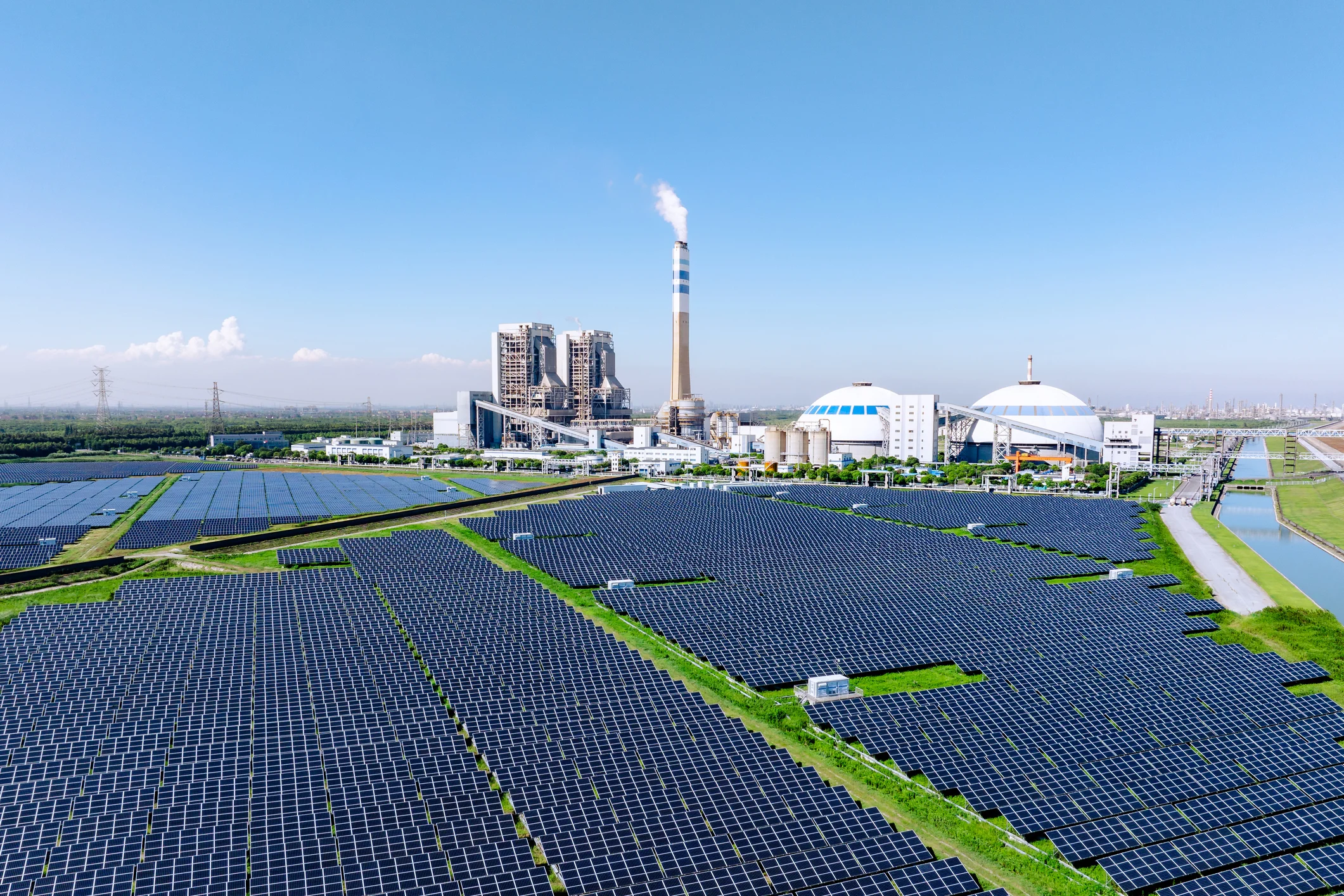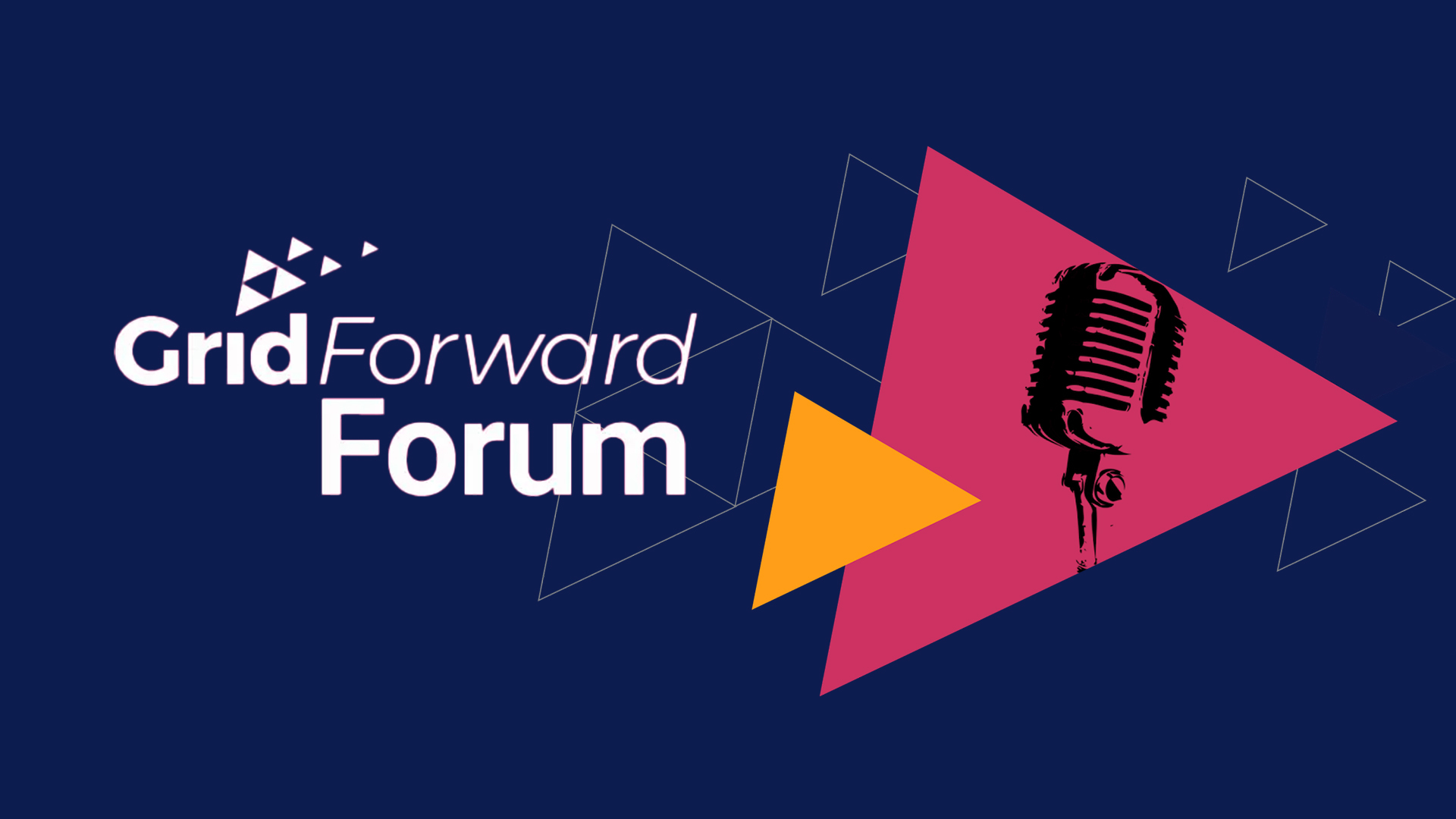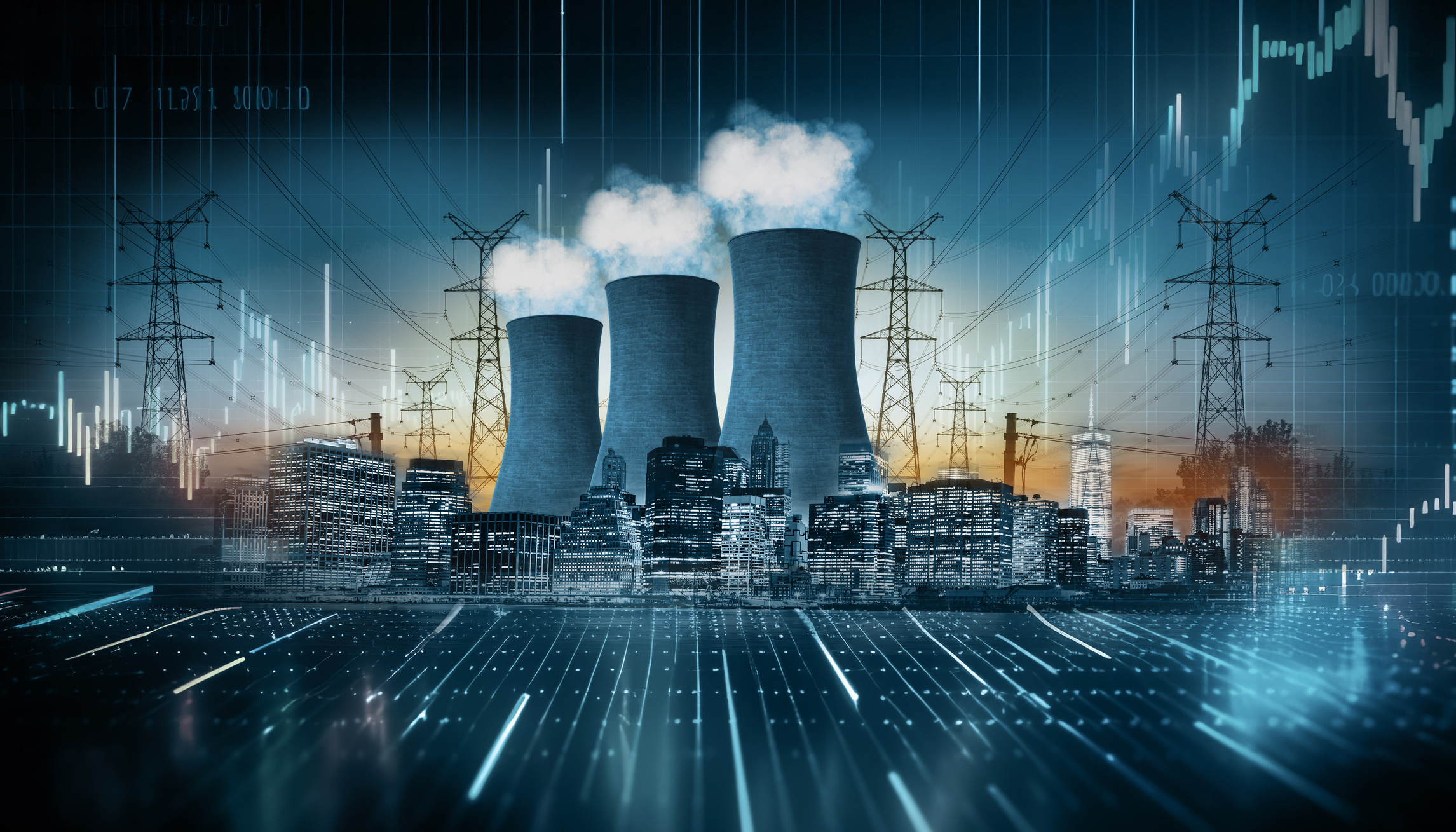Electric demand is on the rise, driven by supply chain challenges, erratic temperature extremes, and volatile weather events, as well as the increased development of AI and data centers. Fortunately, virtual power plants (VPPs) aggregate and optimize diverse distributed energy resources (DERs), such as thermostats, solar panels, water heaters, battery storage, and even electric vehicles, to redistribute communally generated power or shift load to off-peak periods of usage through demand response, EV charging, or other BYOD strategies. With the DER market projected to almost double by 2027, unlocking the full potential of virtual power plants in this increasingly complex and dynamic environment is achievable with an unexpected ally: Artificial intelligence (AI).
As the Vice President of Marketing for Virtual Peaker, a leading virtual power plant software company, I see the opportunities that AI presents for VPPs. Already, AI helps utilities operate VPPs to navigate the variable nature of both the Grid-Edge distributed energy resource management systems (DERMS) that manage behind-the-meter DERs found in places like residential, commercial, or industrial properties, and the Grid DERMS that manage utility-held and their fluctuating demands on the grid while providing efficiency and, more importantly, reliability. By processing massive datasets in real-time, AI-driven software can help VPPs make informed decisions that optimize energy flows, enhance grid stability, and maximize economic benefits for all.
The Advantages of AI in VPPs
While an energy-intensive resource, AI offers many paths to smarter energy management, while providing useful climate change mitigations and solutions. That includes analyzing both real-time and historical data to inform energy forecasting needs, optimizing power generation and storage devices, and shifting load quickly and efficiently to meet demand where it’s needed. As such, AI’s impact on the efficacy of virtual power plants can be seen across several critical functions.
Forecasting and Predictions for Operational Efficiency
One of the most significant challenges for virtual power plants and what has traditionally left grid operators skeptical of DERs is the intermittent nature of behind-the-meter renewable energy sources; fortunately, AI is changing that! Functionality like Topline Demand Control, which utilizes AI, forecasting, the Shift Grid-Edge DERMS, and machine learning forecasting models to analyze historical data, real-time weather patterns, market signals, and even user behavior, generates highly accurate predictions of energy generation and demand, yielding a reliable output from behind-the-meter DERs for grid operators. This enables VPPs to proactively manage resources, anticipate surpluses or deficits, and optimize dispatch strategies more reliably.
Real-time Optimization and Dynamic Dispatch
Beyond forecasting, AI enables virtual power plants to make real-time decisions on when to store, consume, or sell energy back to the grid. Reinforcement learning algorithms, for instance, can learn from continuous interactions with the energy system, dynamically adjusting the operations of aggregated DERs to maximize profit, maintain grid stability, and minimize operational costs. This flexible dispatch capability is crucial for responding to volatile energy prices and grid conditions.
Enhanced Grid Stability and Resilience
With the massive adoption of renewable energy sources, maintaining grid stability is becoming increasingly important. Customers want uninterrupted service, and more importantly, they want quick response times when an outage occurs. AI can analyze and monitor extensive amounts of data from across virtual power plants and the wider grid quickly, and this helps detect potential outages in advance and near real-time, strengthening grid resilience against potential disruptions.
Energy Arbitrage & Economic Optimization
AI enables utilities using virtual power plants to improve their ability to buy and sell electricity in energy markets through the practice of energy arbitrage. By analyzing price signals, predicting market trends, and optimizing bidding strategies, AI algorithms can ensure that energy is sold at the most favorable times and purchased when prices are low, maximizing revenue for both DER owners and the utility.
Load Growth from AI
While AI offers many benefits to the energy industry, it’s also important to recognize that AI itself consumes significant amounts of energy, particularly for training large models and powering the many data centers popping up. According to a recent Department of Energy (DOE) report, domestic energy consumption from data centers is anticipated to double or triple by 2028, specifically due to the rise in usage of AI. The industry is actively exploring ways to make AI models more energy-efficient and power data centers with renewable energy sources.
To manage this rapid rise in demand, some utilities are proactively investing in upgrading the grid, which is both expensive and time-consuming to achieve. In a 2023 report, the Brattle Group found that virtual power plants cost approximately 40-60% less than building out a new power plant. So while AI does contribute to aggregate load growth, it also informs the load management solutions necessary to meet increased demand, while defraying expensive and sluggish developments for new infrastructure build-out.
Conclusion: The Road Ahead & AI
The integration of AI into virtual power plants isn’t just an incremental improvement; it represents a fundamental shift that’s redefining how we manage and utilize energy. By transforming disparate energy assets into a cohesive, intelligent network, AI is paving the way for a more efficient, resilient, and sustainable energy future. As AI capabilities continue to advance and the digitalization of the energy sector deepens, virtual power plants powered by artificial intelligence will play an increasingly vital role in ensuring a reliable energy supply for all.






